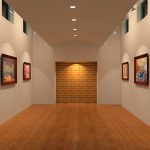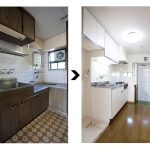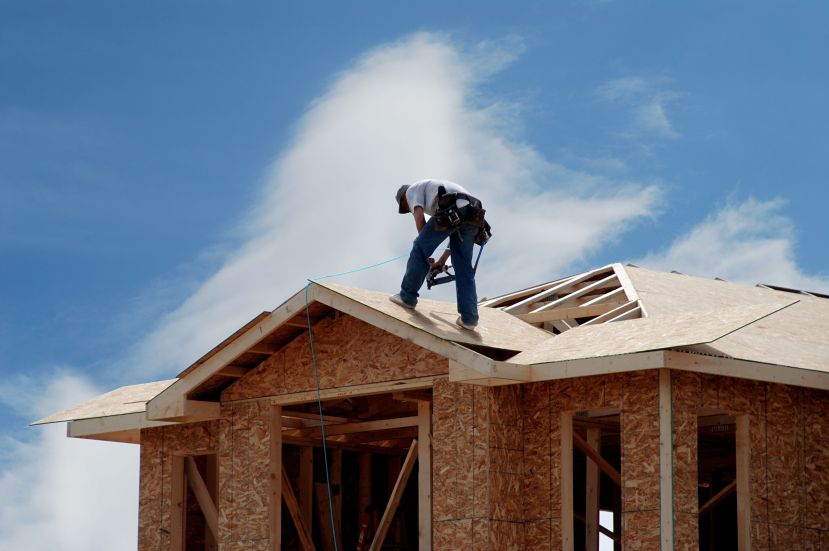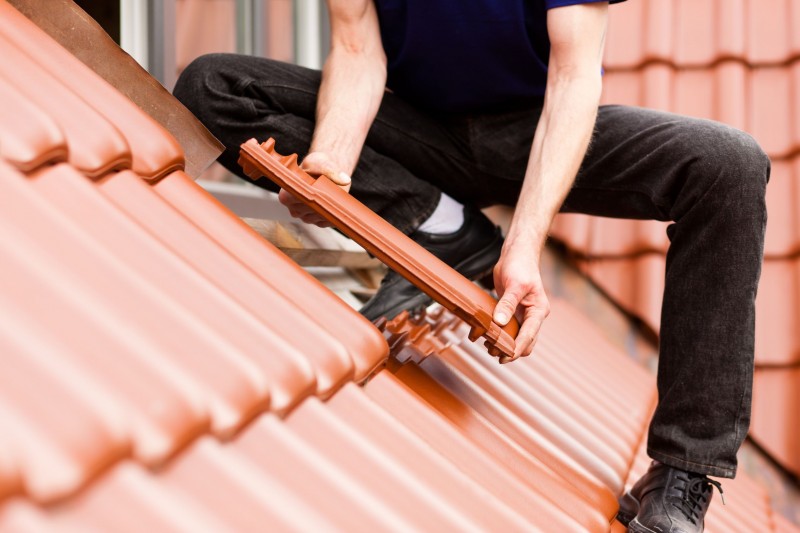There are two different production options for scrim, a reinforcing material that forms a grid or a lattice to provide structure, strength, and durability to products as wide ranging as paper packing materials and asphalt singles to flexible ducts and cloth.
Most scrim today is made from plastics such as polyester or even from fiberglass, or combinations of non-corrosive, durable and long-lasting fibers. The two methods used to produce scrim in industrial settings are a nonwoven or a woven method.
The nonwoven method is often known as laid scrim as opposed to woven scrim. This is because the warp and weft fibers, known as yarn, do not interlock or crimp over each other. Instead, they are laid on top of each other and bonded chemically to form a perfect lattice without any textural or grid variations.
The Process
All laid scrim is made by industrial processing equipment. As there is no actual “weaving” or the need for a loom to affix the warp and weft yarns in place, this is a processing system that can be designed to match the speed of laminating equipment on a production line.
Most of the scrim is made by specialized scrim manufacturers based on specifications by their customers or to specific industrial standards. This will include the width of the final scrim, which can range from 48 inches to the very large machines that product scrim up to 120 inches in maximum width.
The Final Steps
In these machines, continuous filaments of a specific plastic or fiberglass material are fed into the system. The machine automatically creates the perfect warp and weft pattern based on the programmed information. This can include from one to twenty yarns per inch in one direction. The vast majority of scrim designs typically include specification of one to ten yarns per square inch in one direction.
A chemical adhesive is used on the yarns to hold them in place on the grid. This entire grid passes through a thermal treatment section for drying and curing and then is wound onto a roll ready for use.
There are a lot of different uses for quality laid scrim. It is perfectly flat and smooth, ideal for use in laminated products and papers to form a strengthening component without adding weight or texture. Scrim can also be found in construction and industrial application as well as in the automotive industry and even in the manufacturing of aircraft components.








